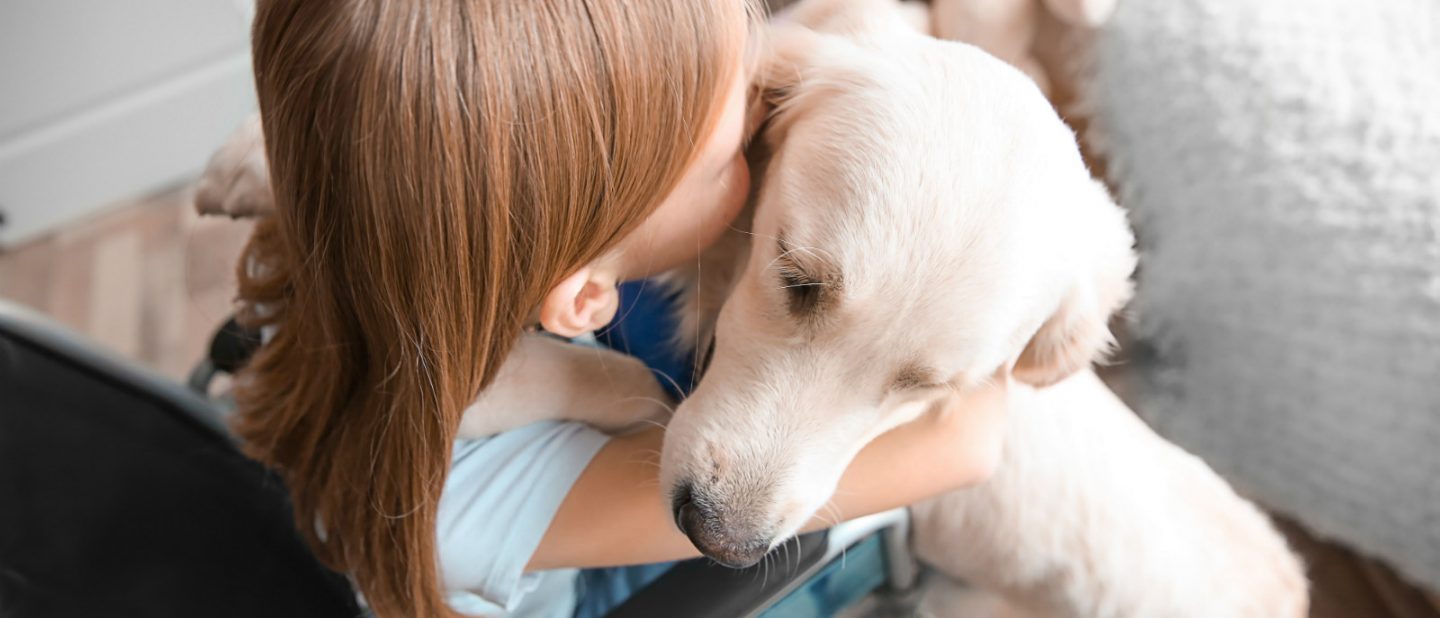
Ways pets can help children with special needs
There are so many ways pets can help children with special needs.
Assistance dogs and using animals as therapy are some of the ways you may be familiar with, but there are a host of other, more ‘hidden’ benefits to pet ownership.
For instance, you may have noticed your child is calmer and more connected around domestic animals.
Here are 7 wonderful ways pets can assist your child.
They promote interaction and communication
Children tend to interact verbally and socially for longer periods and enjoy themselves more when playing with pets rather than with objects such as toys. Such interaction can often benefit their interactions with people, by improving behaviours and giving the child more confidence. Animals can instinctively understand children through non-verbal communication, making them a wonderful companion for children with speech delays and disorders.
They encourage empathy and teach responsibility
Owning a pet is a huge responsibility for the whole family, and children have the opportunity to learn about the needs of their animal. They will learn very quickly not to pull an animal’s tail, for instance, and that they need to be gentle and respectful. This bonding is thought to encourage greater empathy towards other humans and animals and boost positive social behaviour.
They improve mood
Interaction with a pet tends to improve mood and promote positive emotions. Playing and exercising with a dog can help a child stay alert and attentive, while acting as an antidote to any stress and frustration that can be caused by their disability.
They bring calming qualities
We all know how a gentle pet can relax us. Sitting and stroking the soft fur of an animal can offer huge de-stressing benefits. In this way, pets can encourage children to manage their stress and regulate their emotions.
They provide physical benefits
Animal-assisted therapy (AAT) has been shown to lower blood pressure through the comforting stroking of a dog. Playing with or walking a pet can also help your child get fresh air and burn off energy to help them feel relaxed later.
They are a learning tool
Owning a pet helps teach responsibility and planning, as animals need walking and feeding very regularly. Incorporating a schedule for a pet can help children to follow their own routine, even improving enthusiasm and promptness when doing so. Pets can also be used to help children with their school work. Reluctant readers may enjoy reading to their non-judgemental animal friends. They may also spend time trying to design games for or train their pets.
They provide companionship
A very special bond can form between a pet and their owner. Animals give love unconditionally and are steadfast in their devotion. It’s incredible how animals can help kids to form such strong childhood memories. For a child who struggles with social, behavioural or sensory issues, a carefully chosen, family-friendly pet may be worth exploring for your home. Whether you select a dog, cat or guinea pig, you’re sure to see the benefits over time.







